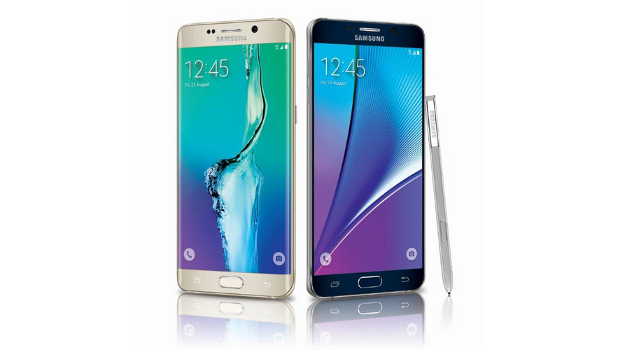Once predicted to challenge Apple in the smartphone market, Windows phones have sunk to barely 1% of the world’s smartphones, according to new data released by Gartner. Meanwhile, Android’s market share now tops 80%.
If you’re a Windows Phone or Windows 10 Mobile owner, the news is grim: Microsoft and its partners sold 4.3 million phones worldwide during the fourth quarter, good for a 1.1% market share. That’s less than half of what the platform sold a year ago, when Windows phones owned 2.8% share. Only BlackBerry, Tizen, and other has-been operating systems are lower; BlackBerry’s share fell to 0.2%.
As it has for years, the smartphone market is dominated by Android phones, which collectively sold 325 million units during the fourth quarter, an 80.7% share of the market. Android’s share increased just over four percentage points from a year ago, apparently stealing customers from Apple. The number of iOS phones dropped 2.7% to 71.5 million units during the fourth quarter, giving Apple a 15.9% share in the market.
What that means, according to Gartner, is that more and more users are seeking either low-cost smartphones in emerging markets, or premium smartphones elsewhere. “An aggressive pricing from local and Chinese brands in the midrange and entry-level segments of emerging markets led to consumers upgrading more quickly to affordable smartphones,” said Anshul Gupta, research director at Gartner, in a statement.
Asian customers typically replace their end-of-life phones with a phone in the same category as their predecessor, Gupta said, which has favoured Huawei and Samsung, the only two vendors to increase market share.
Samsung, the largest vendor, sold 83.4 million phones during the fourth quarter, giving it 20.7% of the market. Apple ranks second, with 17.7% share. Huawei, whose phone sales jumped 53% compared with a year ago, now commands 8% of the market. Lenovo and Xiaomi’s sales during the fourth quarter work out to 5% and 4.5% market share, respectively.
The decline of Windows phones has confounded analysts, who believed for years that the platform would challenge iOS and Android, at least for third place. In 2014, Gartner thought it would reach 10% by 2018. Now, there’s real reason to doubt its ability to last that long, as its share has fallen from 1.7% during the third quarter of 2015.
Microsoft hasn’t given up: The company has begun branching out into business phones with handsets like the Acer Liquid Jade Primo. If that strategy fails, Microsoft could always turn its mobile business into a sea of apps for Android and iOS. Still, Microsoft ideally would build its ‘mobile first, cloud first’ business around its own branded hardware. Customers, though, still aren’t playing along.
IDG News Service







Subscribers 0
Fans 0
Followers 0
Followers